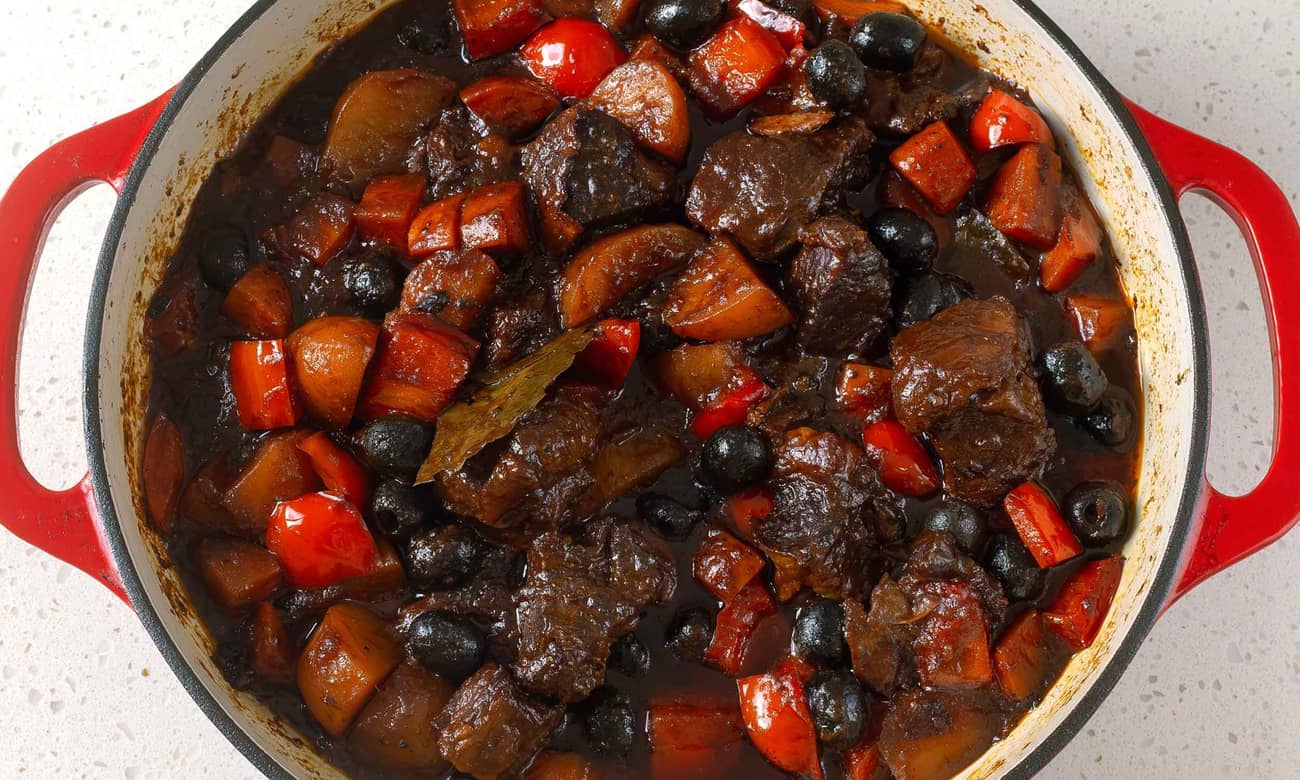
Instead of tablea, this ultra-rich champorado gets all its flavor from dark and milk chocolate. No additional milk or sugar required.
This extra-chocolatey champorado does away with the distractions of milk or sugar, relying solely on two kinds of chocolate to deliver flavor. And with less ingredients (just chocolate and rice!), this version becomes simpler to make than your traditional tablea-based porridge.
A mix of your favorite dark and milk chocolate creates a rich, creamy champorado that's deeply flavored and perfectly sweetened—pure, unadulterated double chocolate in every spoonful.
Filipino champorado has roots in Mexican champurrado, a hot beverage made with chocolate, sugar, milk, and masa harina, the corn flour used to make tortillas.
The chocolate drink reached Philippine shores in the 17th century through the Manila-Acapulco galleon trade. Since we didn't have masa, locals used malagkit (glutinous rice) instead. The drink eventually evolved into a sweet chocolate porridge to enjoy for breakfast or on rainy days.

Filipino tablea or tableya, meaning "tablet", are pucks of pure chocolate. They are made with local cacao beans that have been fermented, dried, roasted, ground, and shaped into coins or balls. Tablea serves as the main ingredient for sikwate/tsokolate (Filipino-style hot chocolate) and champorado (chocolate rice porridge).

We don't just copy random recipes. We taste test every single one.
Easily search and save your favorites.
Chefs develop our food with techniques made easy for home cooks.
Tablea makes a fine bowl of champorado. It's pure unsweetened chocolate, and you can't get any more chocolatey than that. But it's also extremely bitter.
Tablea champorado needs milk and sugar to balance out the bitter cacao. It's borderline inedible without them. However, you can go overboard and hurt the champorado's flavor and texture. Too much milk will water it down. Too much sugar will stifle the chocolate's bitter, roasted notes.
We wanted to make the most chocolate-centric champorado possible, sticking to just chocolate and rice as much as we can. Was there a way skip the hassle of milk and sugar? What if the milkiness and sweetness came from the chocolate itself?
